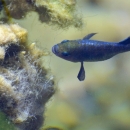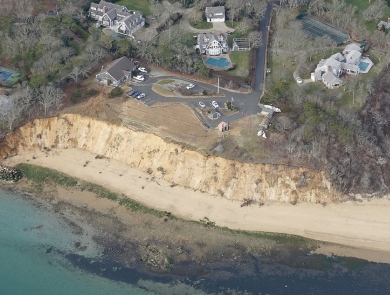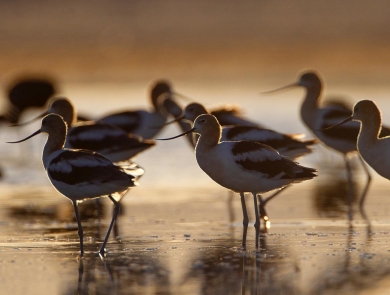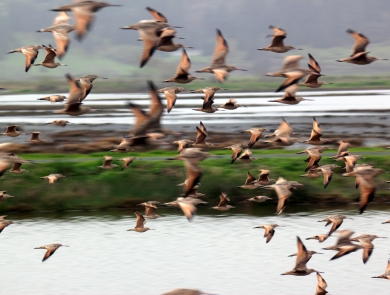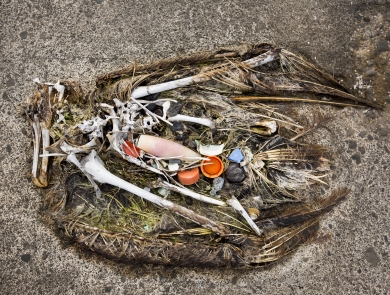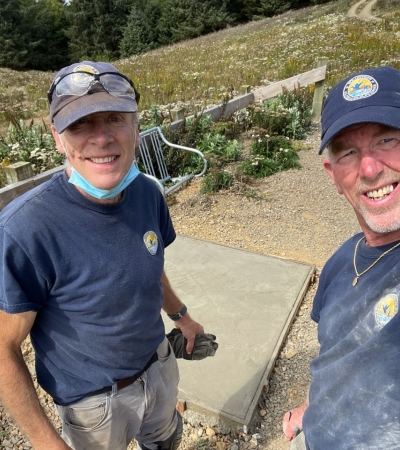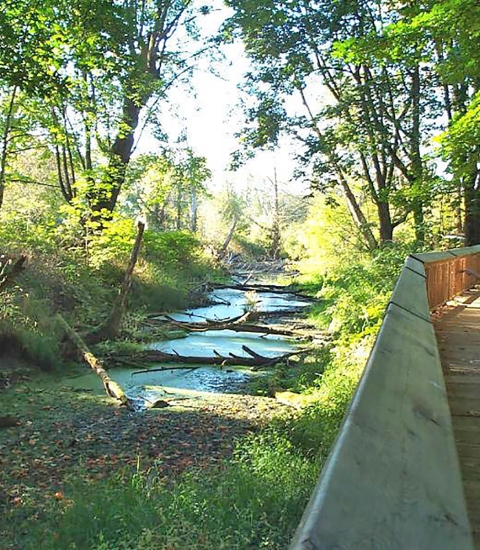Facility
Location
610 Spring Meadows Rd
Amargosa Valley, NV 89020
United States
Volunteer Position Overview
About This Position
Volunteers needed for the following 3-month commitments: September - November 2024, December 2024 - February 2025, and March - May 2025.
Ash Meadows is the Galapagos of the Mojave Desert
Ash Meadows National Wildlife Refuge [AMNWR] is an internationally recognized site for the conservation of 26 endemic plant and animal species that live amongst the 50 springs and seeps in the largest oasis in the hottest, driest desert in the United States. AMNWR is managed by the U.S. Fish & Wildlife Service. Its mission is “to conserve, protect, and enhance fish, wildlife, and plants and their habitats for the continuing benefit of the American People.”
For more information, please check out the following:
- Official Website: https://www.fws.gov/refuge/ash_meadows/
- Refuge Film: https://vimeo.com/groups/13672/videos/87197860
- Facebook: https://www.facebook.com/AshMeadowsNWR/
Why Volunteer at Ash Meadows
A season at Ash Meadows provides you the opportunity to live and work in one of the most unique areas in the desert southwest. Benefits of volunteering include:
- RV Pad with electric, water, propane, and WIFI
- An annual America the Beautiful pass for all federal lands after 250 volunteer hours
- Natural history and interpretation training
- Monthly volunteer enrichment events
- Work outside in warm, sunny weather with views of wild vistas, wildflowers, and wildlife
- Live within 2-hours of Death Valley National Park, Red Rock National Recreation Area, Spring Mountains National Recreation Area, Lake Mead National Recreation Area, and the Vegas Strip
When applying please provide contact information for three references. Two references should be professional. If applying as couple please provide both applicant names.
Duties/Activities
Stories About Volunteering
Other Ways to Work with Us
Are you looking for something different than a volunteer opportunity? The Fish and Wildlife Service employs around 9,000 people nationwide and offers great internship opportunities every year.
